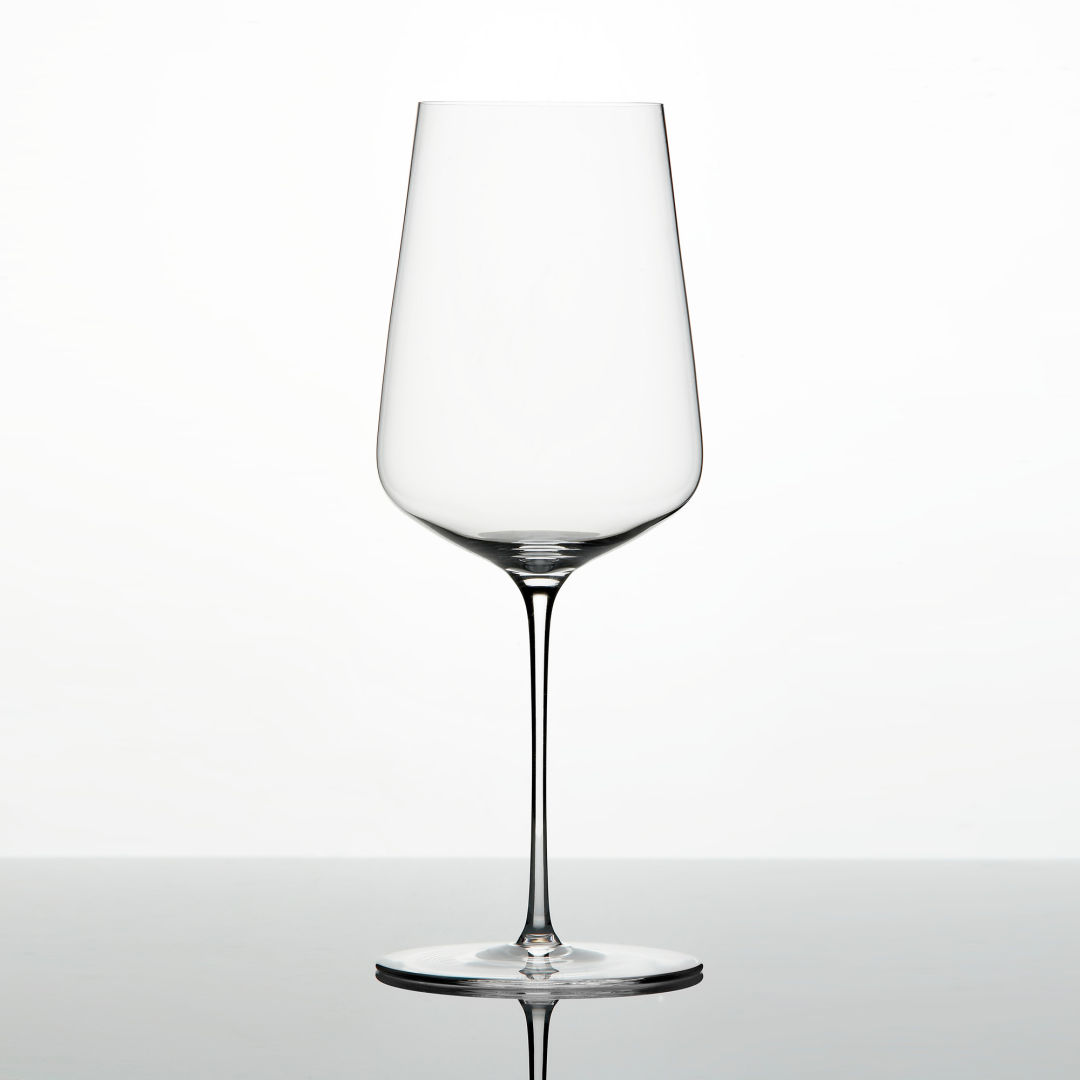Which Wine Glass Is Best for You?

Image: Kari Perrin/Shutterstock
Vessels for drinking wine have been around since wine was created millennia ago. While glassware became available around 1500 B.C., at the time, it was difficult to make clear glass, so opaque or even solid colors were used. When clear glass did become available, wine took on a new dimension, and the addition of stems made it even more enjoyable, kicking off the culture of true oenophiles.
There are four basic attributes to a quality glass. It must have sufficient surface area to allow the bouquet of the wine to express itself. The glass should also permit the texture of the wine to be highlighted, and it should bring to light the flavors and balance between the fruit, tannin and other phenols. (That’s the purpose of swishing.) Lastly, the glass should encourage a pleasant and lasting finish.
As wine became popular in America in the mid-20th century, glass manufacturers saw an opportunity. At that time, the Libbey 6.5-ounce glass was de riguer. It was dependable, dishwasher-safe, economical (still available for $1.50) and just right for a 6-ounce pour. Libbey has been making glassware since 1818 and is still today one of the world's largest producers. The company also owns Spiegelau, a noted European producer of fine stemware.
The New York Times has crowned Libbey’s Signature Kentfield Estate All-Purpose collection as a perfect, affordable wine glass. Libbey was kind enough to send me some samples and I heartily concur with the Times. The glass is light and well-formed and enhances white or reds,with both chardonnay and cabernet sauvignon well represented. A set of four costs $45.
But the first true wine glass impresario was Georg Riedel. He moved beyond the practice of creating a universal glass and instead opted to craft a series of stemware for each wine varietal.
Thanks to Riedel, cabernet sauvignon and chardonnay each had its own glass, and the line expanded to Champagne, port and many other types. He used comparative tastings with wine and hospitality professionals to show the advantages of his stemware. I participated in many of those tastings and, for a while, would not use anything else. Unfortunately, the glasses are fragile and my collection is now comprised of a few Champagne flutes and four Burgundy glasses. The Vinum series, Riedel's most popular, sells for $120 for a set of four.

The Zalto Denk'Art Universal wine glass.
Image: Courtesy Photo
Lately, the wine community is excited by Zalto glasses. Sommeliers are especially fond of its shape and wine expression. Although so thin it appears fragile, connoisseurs and wine professionals are swooning over it. The cost is $78 per glass, but each is hand-blown.
Most department or specialty stores (or Amazon) will sell one of these brands or perhaps one of their own. What really matters is how much you want to pay and how important the resulting tastes are to you.
Bob McGinn has spent his entire career in the wine industry—forming wine clubs, working in wine sales marketing and engaging in all facets of the winemaking process, including vine management, fermentation and yeast analysis. He has developed wine programs for companies such as Marriott, Sheraton and Smith & Wollensky, and consults with local restaurants. You can read more of McGinn’s work at gulfcoastwinejournal.com.